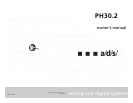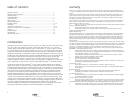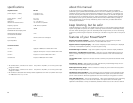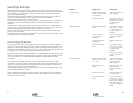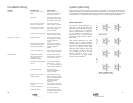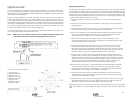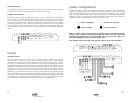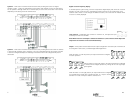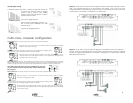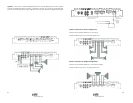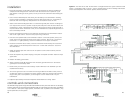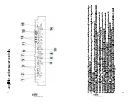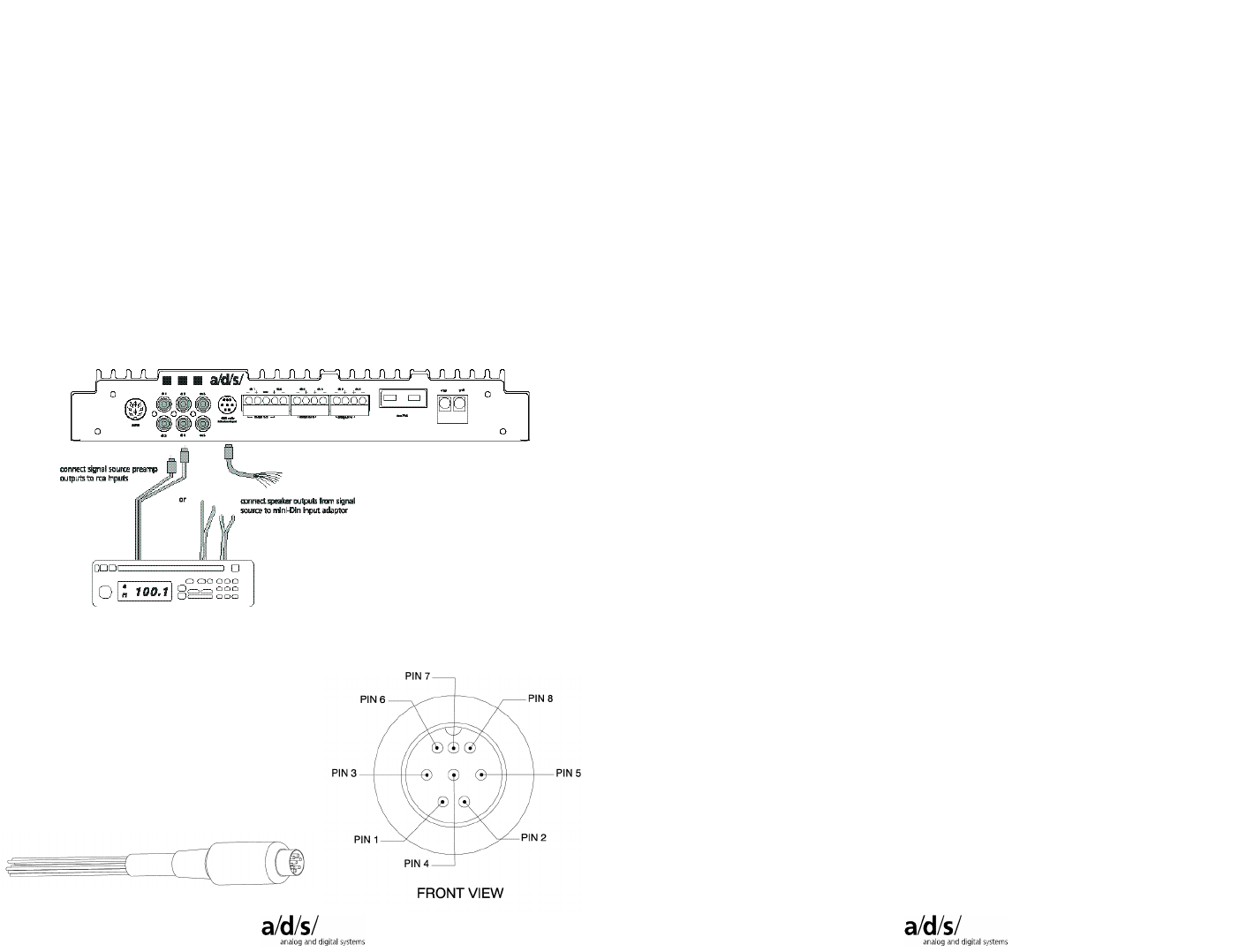
signal sources
Due to the wide input level adjustment range, all a/d/s/ PowerPlatesTM can be driven with either a
conventional preamplifier drive signal or the amplifier signal from a powered source unit. This makes
the PowerPlateTM perfect for upgrading an OEM (Original Equipment Manufacturer) stereo system while
retaining the factory installed radio.
Because of the high impedance of the a/d/s/ input stage, the factory radio drives an easy load. This
ensures lower distortion levels than if it was driving speakers or a Line Output Converter accessory. As
a result, a high quality factory installed radio can deliver high quality sound which is nearly as good as
the sound from a high-end aftermarket source unit. The speaker outputs of the factory radio are simply
connected to a mini-DIN adapter as shown below. From this point on, the signal can be treated exactly
as you would a preamp-level signal, except that the input level controls on the PowerPlate
TM
will be set
to a lower than usual level when you make your final adjustments.
Conventional aftermarket sources may be connected using standard shielded RCA cables from the
source units preamp outputs to the PowerPlateTM inputs.
Note: When using 4 or 6 channels of input, be sure to configure the 2ch/4 ch input switch
to 4ch input. Failure to do so may result in damage to the source unit.
adjusting input sensitivity
The input sensitivity setting is important to ensure proper performance, low noise levels, and maximum
system reliability. As a general rule, components at the “front end” of the system should be set as high
as possible with the input sensitivity of the amplifier set as low as possible while still providing adequate
volume levels. Using a high signal level from the source and a low input sensitivity setting on the
amplifier will keep the background noise levels of the system low. The following procedure will help
you get the widest dynamic range from your system:
1. Start with the input level controls of your PowerPlate
TM
at the minimum (counterclockwise)
position.
2. Set the tone controls and any controls on equalizers or other signal processors to their flat or
bypassed positions.
3. Set the input and output level controls, if any, on any associated equipment such as equalizers
or outboard electronic crossover as recommended by their manufacturers.
4. Select a well recorded CD or Tape containing material recorded at a fairly high level. Musical
content is not important except that the music chosen should be recorded such that any
system distortion can be clearly heard, not masked by musical content.
5. Increase the source unit volume control about halfway. Increase the PowerPlate
TM
level
control associated with the front full range (or midrange in a bi-amplified front system) until
you can hear sound at a low but clear level.
6. While listening carefully for any signs of distortion, slowly increase the source unit volume
control until you either hear the first signs of distortion or you can’t turn it up any more.
Back down on the volume control slightly until the distortion goes away. You have just found
the maximum undistorted output level of your source unit. Do not exceed the level in normal
operation, as doing so will just send a distorted signal to the rest of the system.
7. Returning to the PowerPlate
TM
level control associated with the front main speakers, slowly
increase it until you reach the point where distortion just begins to appear. This will be at the
point where either the amplifier reaches its maximum output level, or the speakers reach their
output limits. Either way, you have just calibrated the system so that the maximum system out
put occurs at the same point as the maximum output from the source. This will give you
minimum system noise yet the system will reach its maximum output capability.
8. Reduce the source unit volume to a comfortable listening level. With the balance and fader
controls still centered, adjust the remaining level controls for the proper system balance. If
you are adjusting a system with multiple amplifiers, it is easiest to adjust the controls in the
following order: 1. Front speakers 2. Rear speakers 3. Subwoofers
9. If using an AC502 remote level control, adjust the subwoofer level with the AC502 in the
mid position. This will give you the ability to boost the subwoofer level approximately 6dB
when the AC502 is turned fully clockwise.
10. Double check your system levels by increasing the source unit volume control to the previously
determined maximum position. If you hear distortion from any of the channels, reduce the
PowerPlate
TM
input level for those channels until the distortion goes away.
Adjusting the input levels in this way will get maximum undistorted output from your system and will
make it unlikely that you will cause damage to any of the components of your system by overpowering
them.
Pin Wire Color Connects to Head Unit
1 gray front right +
2 violet/black rear right -
3 white front left +
4 gray/black front right -
5 white/black front left -
6 green rear left +
7 green/black rear left -
8 violet rear right +
185



